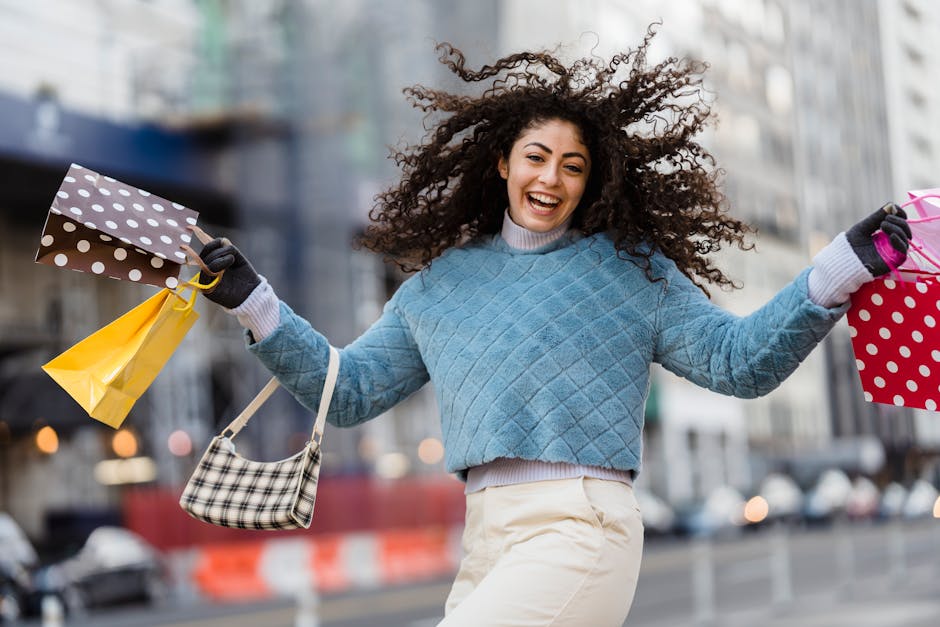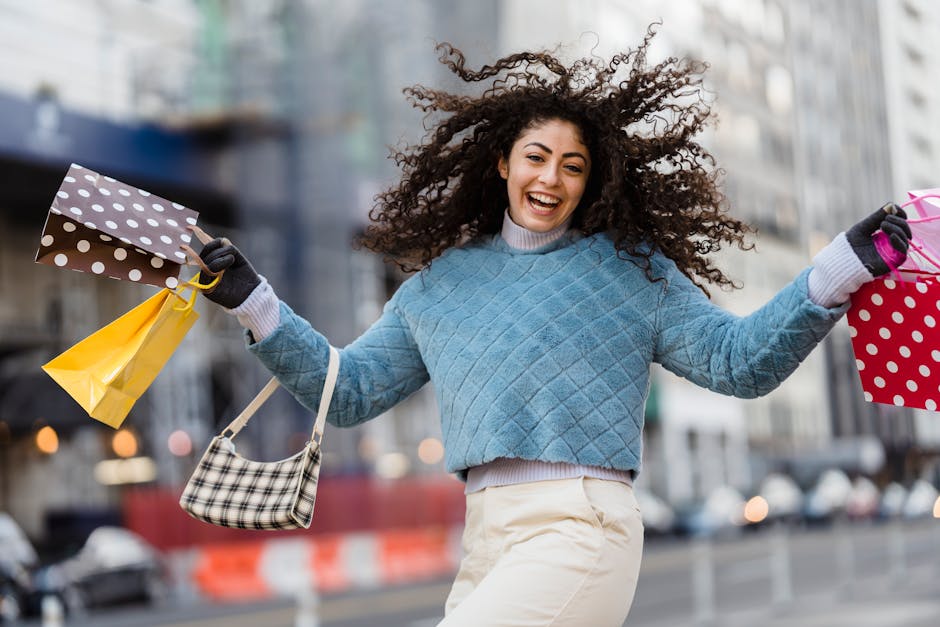
Affirmation Blog
The Evolution of Women's Fashion: A Look Inside Trendy Women's Clothing Store Trends Through the Decades
The Evolution of Women's Fashion: A Look Inside Trendy Women's Clothing Store Trends Through the Decades
Early 1900s - The Birth of Modern Women’s Fashion
In the early 1900s, modern women’s fashion emerged with a shift towards more practical and comfortable clothing. Women started wearing garments like tailored suits, simple dresses, and tailored blouses. The silhouette moved towards a straighter, less constricting shape compared to previous eras. Corsets began to decrease in popularity as women sought more freedom and movement in their clothing. Fabrics like cotton and wool were commonly used, reflecting the need for functionality in everyday wear. This period marked the beginning of a significant transition in women’s fashion towards more functional and versatile clothing choices.
1920s - The Roaring Twenties and Flapper Style
During the 1920s, women’s fashion went through a significant shift, characterized by the vibrant and free-spirited Roaring Twenties era. The iconic Flapper style emerged during this time, representing a rebellious attitude and a desire for independence among women. Short skirts, bobbed hair, bold makeup, and innovative accessories like headbands and long pearls became the norm, breaking away from traditional fashion norms. The Flapper look embraced a more daring and carefree approach to dressing, reflecting the social changes and newfound freedoms of the decade.
1950s - The Rise of Dior and the Hourglass Silhouette
In the 1950s, Dior revolutionized women’s fashion with the introduction of the hourglass silhouette. Christian Dior’s designs emphasized a cinched waist and full skirts, creating a feminine and elegant look that became iconic during this era. The hourglass shape celebrated women’s curves and brought a sense of luxury and glamour to fashion in the post-war period. Dior’s influence in the 1950s laid the foundation for modern fashion trends that continue to shape women’s clothing styles today.
1960s - Swinging Sixties and the Mini Skirt Revolution
In the 1960s, the fashion scene exploded with energy and rebellion, matching the spirit of the times. This era saw the rise of the iconic mini skirt, a garment that symbolized youthful freedom and revolutionized women’s clothing. Women embraced shorter hemlines with enthusiasm, challenging traditional fashion norms and expressing individuality. The mini skirt quickly became a symbol of the Swinging Sixties - a time of cultural change, artistic innovation, and social progress.
1980s - Power Dressing and Shoulder Pads Galore
In the 1980s, power dressing was all the rage, with shoulder pads dominating the fashion scene. Bold colors, structured suits, and statement accessories were the go-to choices for many women during this era. The goal was to exude confidence and authority through one’s attire, embracing a fashion-forward and empowered look. This style was a reflection of the increasing presence of women in the workforce and their desire to make a strong, impactful statement through their clothing choices.
2000s - The Influence of Technology and Fast Fashion
In the 2000s, technology advanced rapidly, impacting how trends in women’s fashion evolved. Fast fashion became popular, allowing clothing stores to quickly produce trendy pieces at affordable prices. Online shopping also boomed, making it easier for people to access the latest styles with just a few clicks. Fast fashion brands like Zara and H&M gained popularity for their ability to mimic high-end designs at a fraction of the cost. This era saw a shift towards more casual and comfortable clothing, with an emphasis on versatility and practicality.
Current Trends - Sustainable Fashion and Body Positivity
Sustainable fashion is gaining popularity as people become more aware of the impact of clothing on the environment. Brands are now focusing on using eco-friendly materials and ethical production practices. Body positivity is also an important trend, promoting acceptance of all body types and sizes. This is reflected in the fashion industry through the use of diverse models in campaigns and the creation of clothing lines that cater to a wide range of body shapes.
The Impact of Social Media on Women’s Fashion
Social media has revolutionized the women’s fashion industry, influencing trends and styles in unprecedented ways. Platforms like Instagram and TikTok have become powerful tools for showcasing fashion, with influencers setting new standards for what’s considered stylish. Brands now leverage social media to reach wider audiences and gain instant feedback on their designs. Trends spread rapidly through hashtags and viral challenges, shaping the way women express themselves through clothing. The accessibility of fashion inspiration on social media has made it easier for women to experiment with their style and stay up-to-date with the latest trends.
Popular Women’s Clothing Stores Through the Decades
There have been several popular women’s clothing stores throughout the decades that have reflected the changing styles and trends. From iconic department stores like Macy’s and Bergdorf Goodman in the early 1900s, to trendy boutiques like Forever 21 and Zara in more recent years, these stores have played a significant role in shaping women’s fashion. Some of the most well-known women’s clothing stores include H&M, Topshop, and Urban Outfitters, each catering to different styles and preferences. These stores have not only provided a diverse range of fashion options for women but have also influenced the way we perceive and experience fashion over the years.
Conclusion - Celebrating the Diversity and Evolution of Women’s Fashion
As we conclude our journey through the history of women’s fashion, it’s clear that the world of clothing has seen remarkable changes over the decades. From the elegant styles of the past to the bold and daring trends of today, women’s fashion has evolved to embrace diversity and individuality. Celebrate the uniqueness and evolution of women’s fashion by exploring different styles and trends that have shaped the industry. Explore the rich tapestry of designs that have influenced not only what we wear but how we express ourselves through fashion.

